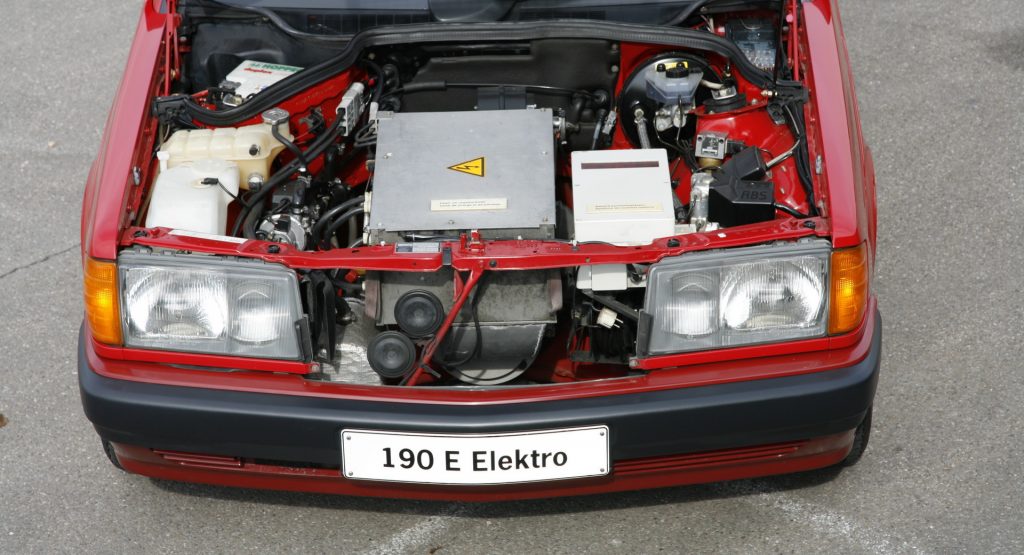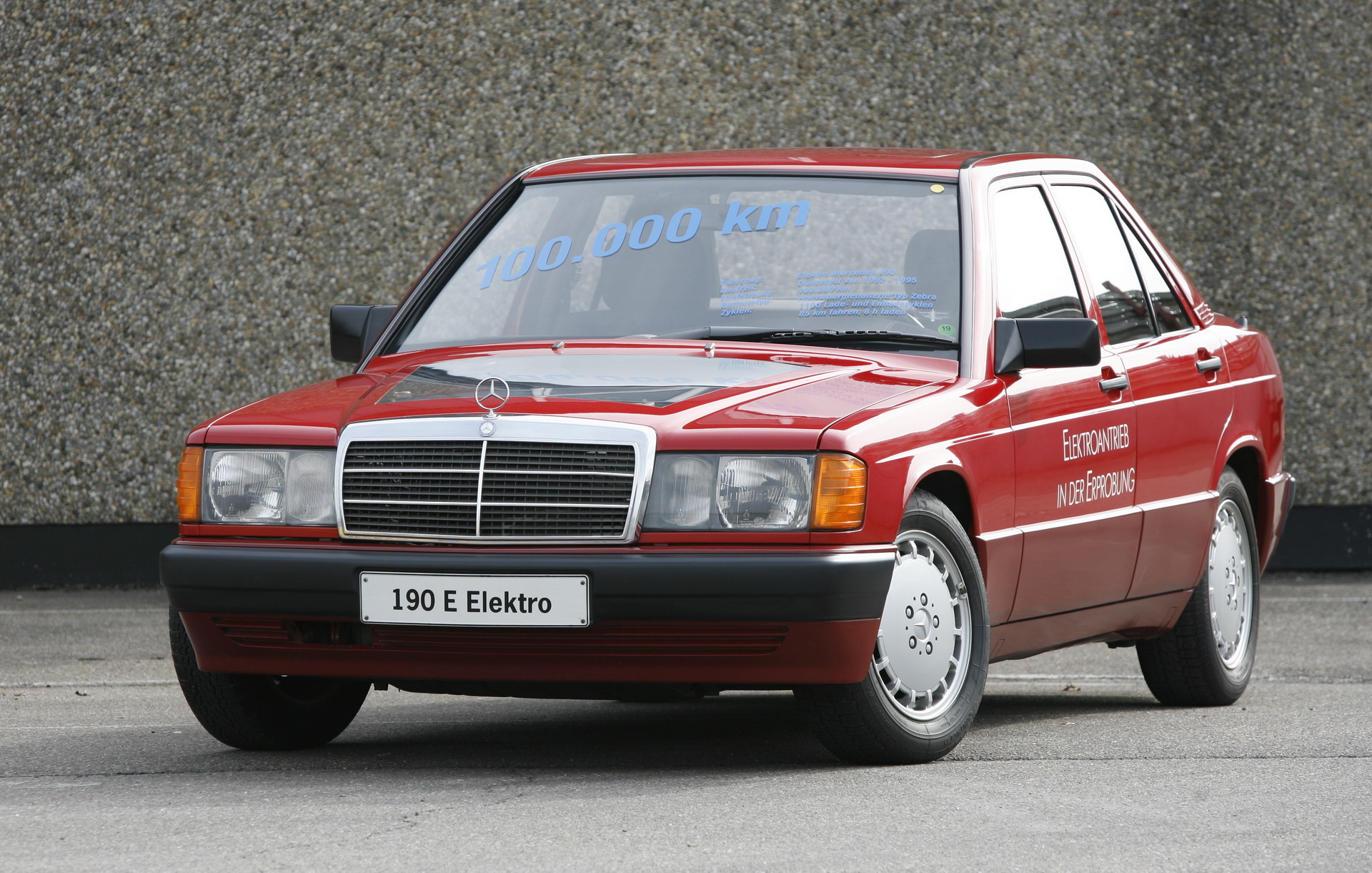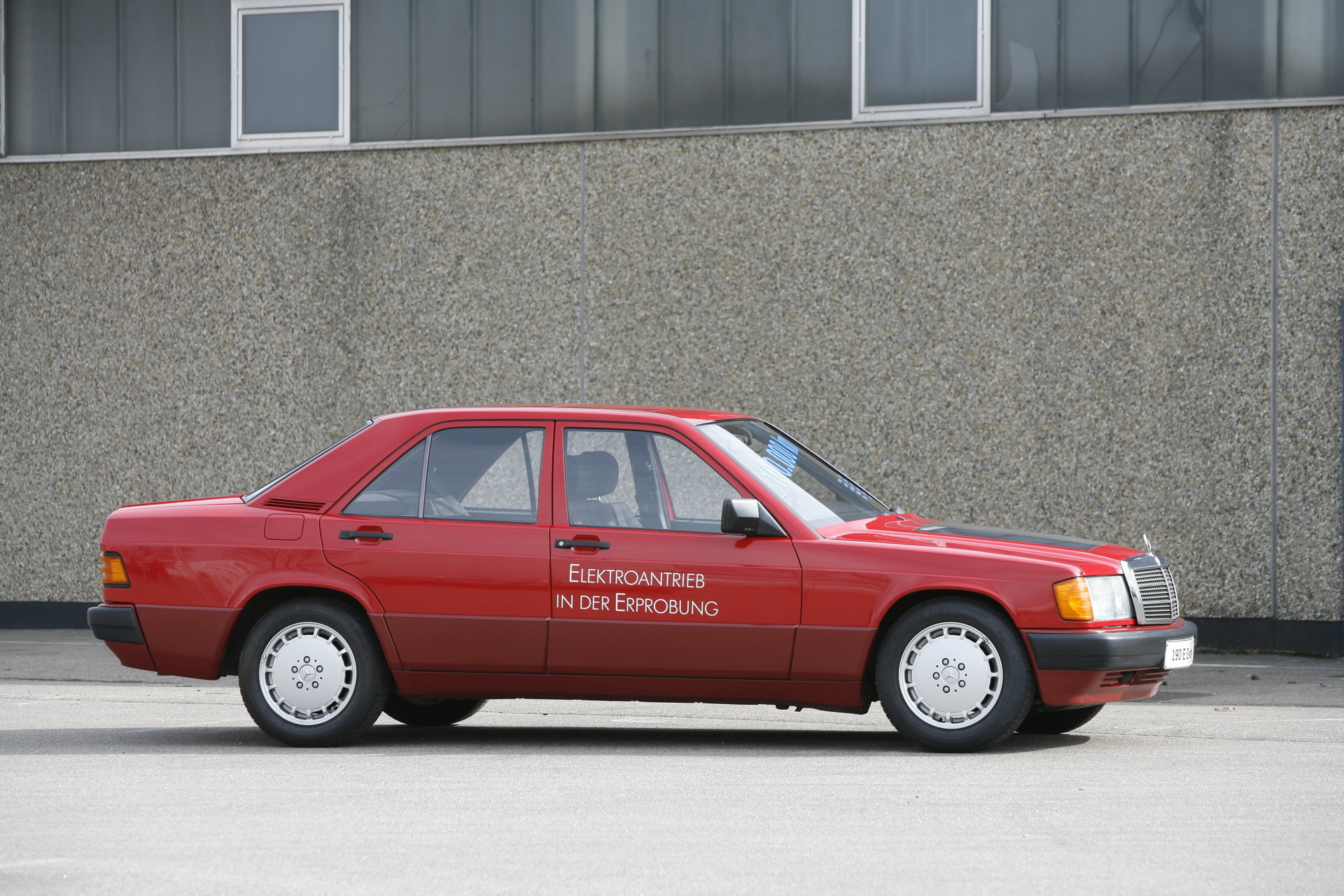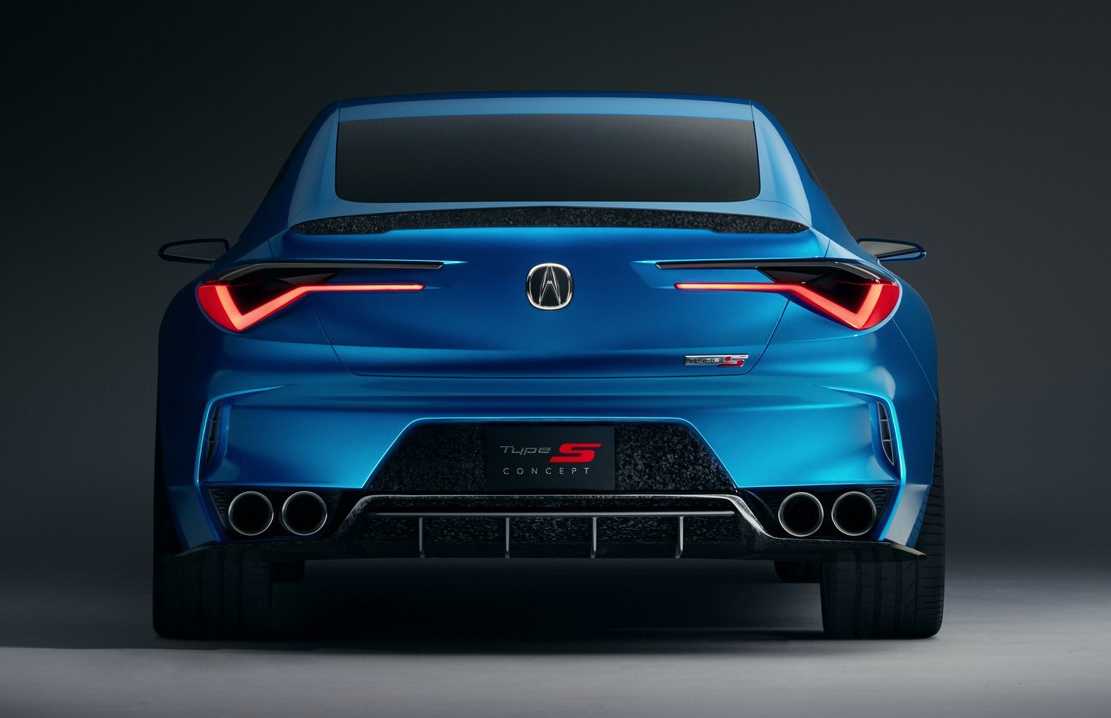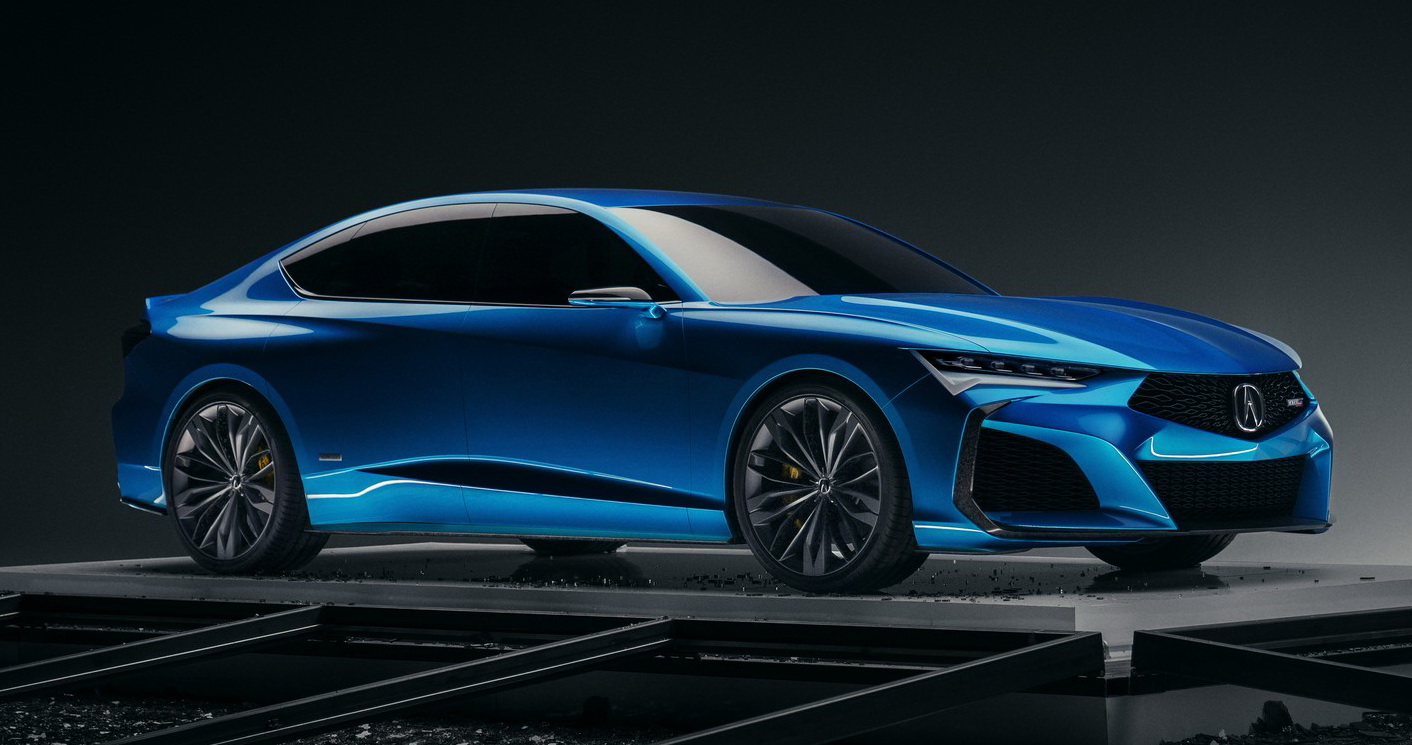Electric cars would hit the mainstream market much sooner if studies like this zero-emissions Mercedes 190E caught on. Back in May 1990, Mercedes revealed a fully electric 190 E at the Hanover Fair.
This wasn’t a typical concept for Mercedes as the carmaker wanted to use the 190E platform for testing different drive configurations and battery packs. These included mainly sodium-nickel chloride or sodium-sulphur batteries, which offered a much higher energy density than the era’s more classic lead packs.
Also Read: Roll Like A Tech-Savvy Dictator In 1975 Mercedes-Benz 600 Pullman Maybach Restomod
At the 1991 Geneva Motor Show they even brought a more advanced version of the 190E ‘Electro’, showcasing their commitment to the project. The electric 190E retained the cabin space of the regular ICE model unaffected, as well as all its safety features.
The Geneva show car featured two DC permanent magnet motors, one for each rear wheel, with a combined peak power output of 44 HP. It may sound laughable by today’s standards but you have to remember that the development of EV powertrains was practically abandoned in the automotive industry for decades. As for the driving range, the electric 190 E offered 110 km (68 miles) on a full charge.
The Mercedes 190 E Electro used a sodium-nickel chloride battery and a regenerative braking system to help charge the pack during driving. Mercedes also took out many of the weight-intensive mechanical components in order to offset the weight penalty of the heavy batteries; the result was an electric car that weighed just 200 kg (440 lbs) more than the model it’s based on. As for the driving range,
Mercedes even participated in a large-scale field trial on the German island of Rügen between 1992 and 1996, with the support of the local government. They wanted to test electric cars and their powertrains in everyday conditions and Mercedes sent 10 hand-built 190 E Electro cars which featured various electric motors and battery configurations. Some of them had no transmission at all while others even featured a manual transmission in combination with their electric powertrains.
Special recharging stations with solar collectors were also installed on the island to test the concept of EVs in a consistent CO2-neutral manner. Overall a total of 60 cars and vans from different brands were involved in the EV trial.
The cars were tested by different participants, including taxi drivers, who used them in their normal lives. According to Mercedes, there were hardly any problems, with the test cars showcasing excellent reliability. One of the vehicles even achieved a usage rate of 100,000 km in one year (62,000 miles).




